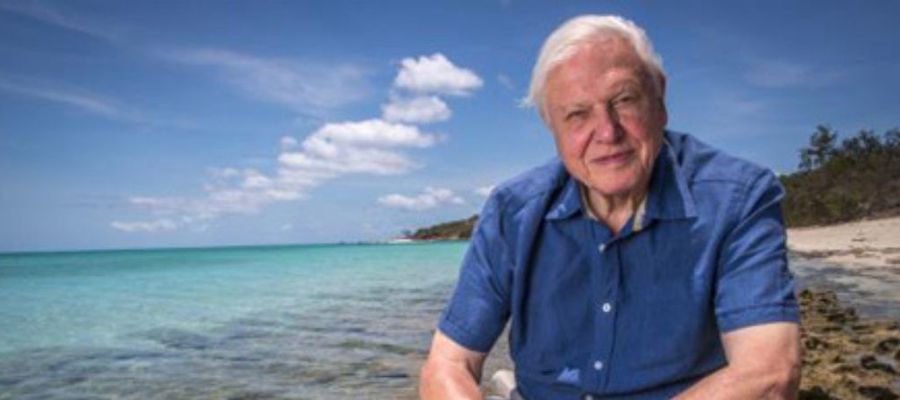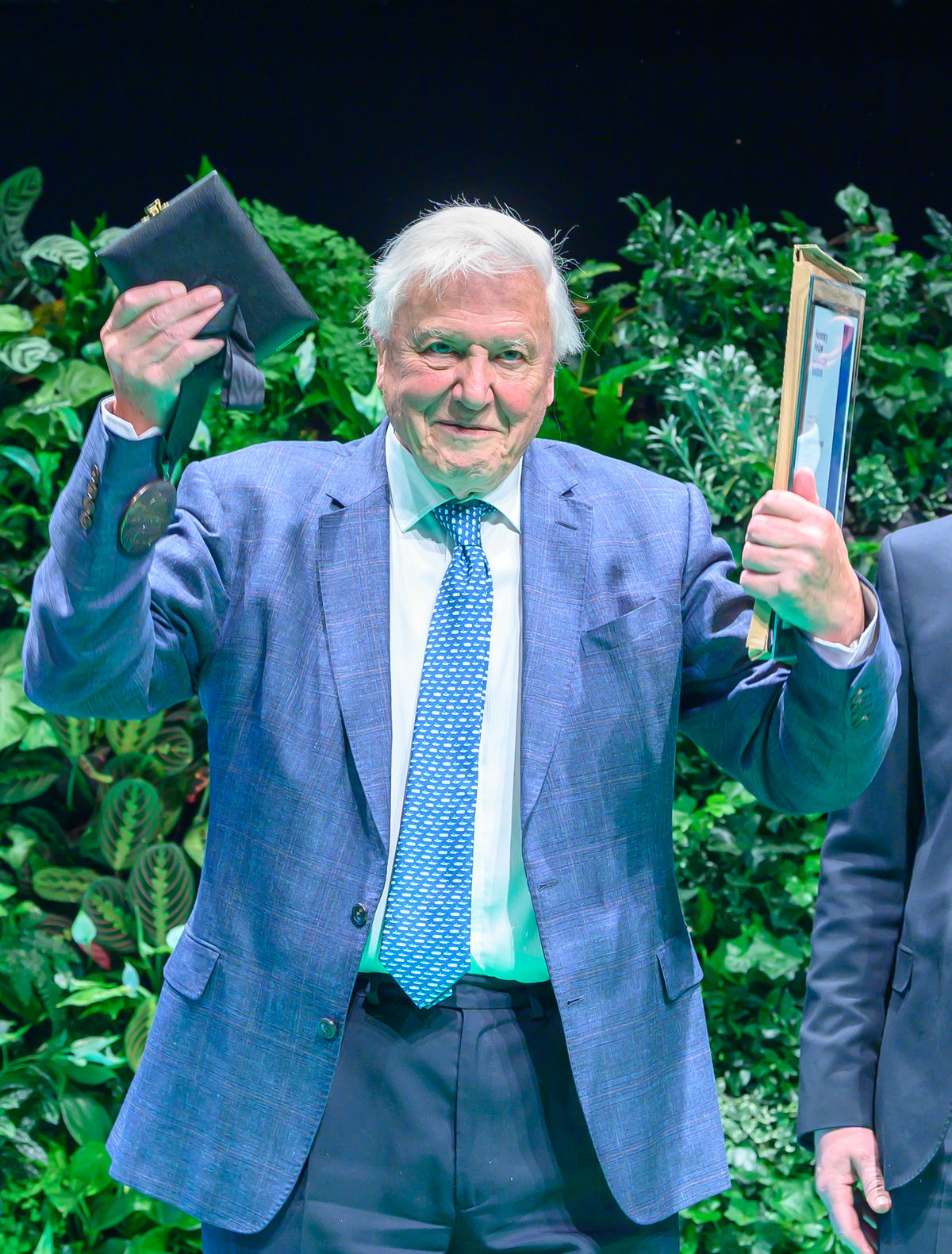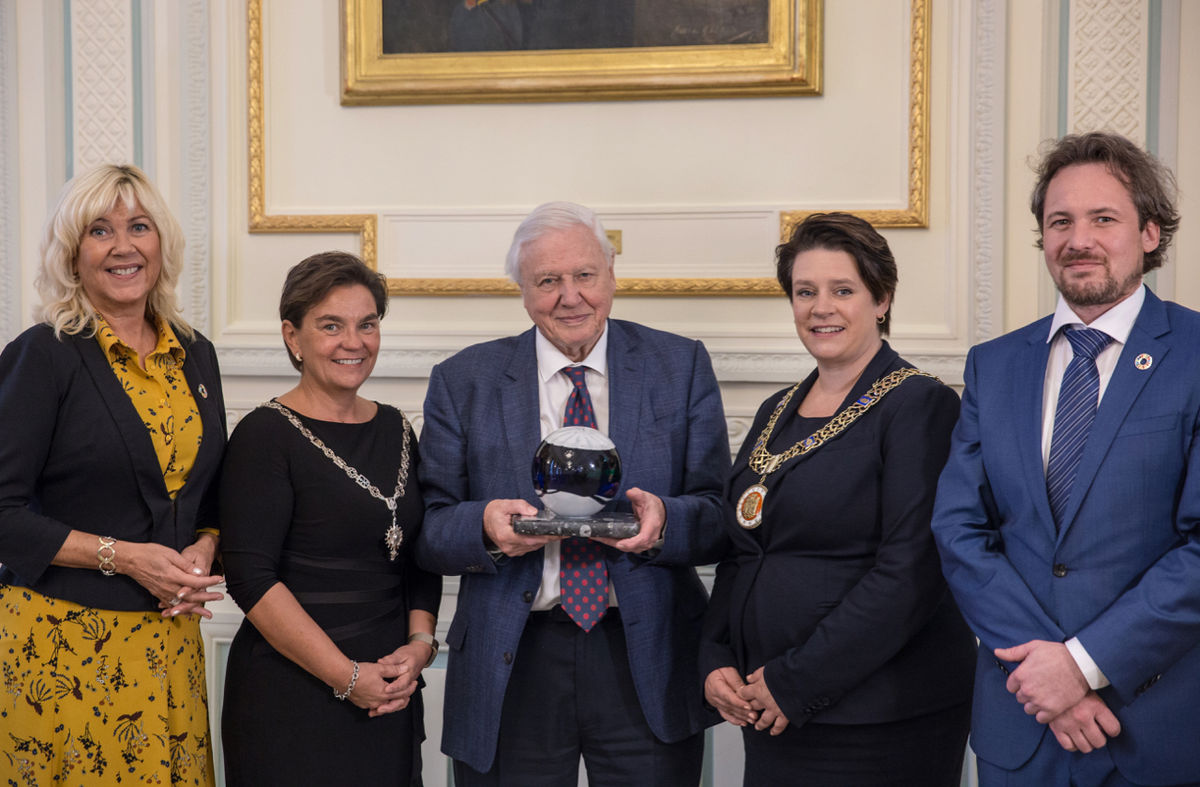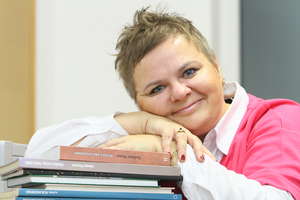99 Years of Life on Planet Earth
2025-05-08 13:57:49(ost. akt: 2025-05-08 14:00:52)
He is a living legend and an icon. He is a British national treasure. He can silence a room without raising his voice. He was one of the pioneers of television—he basically invented the nature documentary format and has been making television for over 70 years. Sir David Attenborough. Today, May 8th, he turns 99!
He is the only person in history to have won a BAFTA in the black and white, colour, HD, 3D and 4K categories—Sir David Attenborough won his first in 1961. He began his career in 1952 and has since produced countless documentaries and films, capturing nature and the planet in all its glory. He has also won dozens of other honorary degrees and awards over the course of his life, including three Emmy Awards for Outstanding Storytelling. His undying love of wildlife has also seen Sir David pioneer and/or help solve many environmental issues.
An icon, indeed.
An icon, indeed.
Newts, Amber and the Grey Owl
David Frederick Attenborough was born on 8 May 1926 in Isleworth, Middlesex. He grew up in College House on the University of Leicester campus, where his father, Frederick, was the principal. He spent his childhood collecting fossils, rocks and natural specimens. He was further motivated by the words of praise he received from the young Jacquetta Hawkes, a British archaeologist and writer. At the age of 11, David learned that the Zoology Faculty at the University of Leicester needed a large number of newts. Through his father, he offered his finds for 3d each. The source of the bountiful catch of newts, which he did not disclose at the time, was a pond next door to… the Zoology Faculty!A year later, his step-sister Marianne gave him a piece of amber containing prehistoric creatures. This same amber would become the subject of “The Amber Time Machine” 60 years later, an episode of his Natural World series.
In 1936, Attenborough and his brother Richard (an actor and director) attended a lecture by Grey Owl, real name Archibald Stansfeld Belaney, a Canadian trapper and writer of English origin, author of books on nature and animals translated into other languages. And that was a concrete inspiration for advocating for nature conservation! As Richard recalls, David was “awestruck by the man’s determination to save the beaver, his deep knowledge of the flora and fauna of the Canadian wilderness, and his warnings of ecological catastrophe if the delicate balance between them were to be destroyed. The idea that humanity was threatening nature by recklessly robbing and plundering its resources was unheard of at the time, but it remains part of David's credo to this day.” In 1999, Richard himself directed a biographical film about Belaney entitled simply "Grey Owl."
David Attenborough was educated at Wyggeston Grammar School for Boys in Leicester. In 1945, he won a scholarship to Clare College, Cambridge, where he studied geology and zoology, and also gained a degree in natural science. In 1947, he was commissioned in the Royal Navy and spent two years stationed in North Wales and the Firth of Forth.
Obsessive Torment Over a Child
You can follow the various stages of Sir David’s career on every website you can think of. But few people know that Sir David Attenborough’s favourite animal is the weedy sea dragon—an animal he studied and filmed off the coast of South Australia. As he says, they “evolved to look like weeds and spend all day dancing”. Although, in fact, Sir David’s favourites change regularly!If he could be any other species all day long, it would be a bird of paradise. When asked this question a few years ago, Sir David smiled and replied: “A bird of paradise, of course, so I could dance all day looking beautiful and see how many ‘birds’ I could attract.”
This may come as a shock to some, but Sir David Attenborough is open to cloning animals to save the species. “I’m actually open to cloning a species if there’s only one left,” he said in an interview. Although, it seems, he’s open to cloning two animals of a species, adding: “But to keep the species going, you’d have to clone a male and a female.”
The rarest animal he’s ever seen was the last Pinta Island tortoise, which he described during a lecture he gave to the Environment Trust for Richmond upon Thames in 2015: “There was only one in the whole world and I’ve seen it. So it’s definitely the rarest species you can have; the last one.” He visited a giant tortoise known as Lonesome George on the Galapagos Islands before the creature passed away on June 24, 2012. The Pinta Island tortoise had been thought extinct for about 100 years until scientists discovered Lonesome George.
The creature that haunts him most, more than any other, is… a human baby! As he told the Radio Times in 2014, “An 18-month-old baby is simply fascinating because evolution has given us a response that makes us want to protect them.”
Besides, Sir David Attenborough names the blackbirds that visit his garden. As he says in New Life Stories, based on his 2011 Radio 4 interviews: “I have a blackbird in my garden—a male—with a white feather on its left wing. I call it, rather unimaginatively, Whitey, and its arrival a year ago changed my understanding of the dramas and battles that go on in my bushes and at my bird feeder. I suddenly realised how often—or rarely—one bird visits my garden; how often it feeds; whether it will win an encounter with another male; whether it courts; and how it relates to other members of its species.”
Besides, Sir David Attenborough names the blackbirds that visit his garden. As he says in New Life Stories, based on his 2011 Radio 4 interviews: “I have a blackbird in my garden—a male—with a white feather on its left wing. I call it, rather unimaginatively, Whitey, and its arrival a year ago changed my understanding of the dramas and battles that go on in my bushes and at my bird feeder. I suddenly realised how often—or rarely—one bird visits my garden; how often it feeds; whether it will win an encounter with another male; whether it courts; and how it relates to other members of its species.”
Tidak, meaning “no” in Indonesian
He once beat a pickpocket. It was while travelling in Jakarta, Indonesia. Sir David describes it in his book The Zoo Quest Expeditions: “I suddenly remembered that I carried all my money, my fountain pen, my passport and my ticket in my breast pocket. I closed my hand on the pocket. I felt not the material, but someone’s hand. I squeezed it as hard as I could, slowly bent it back and pulled the wallet from its fingers. Its owner, a sweaty, half-naked man with a dirty rag tied around his forehead, looked at me wildly… I decided that in the circumstances it would be better to be gentle in reprimand than to feign vengeful fury, but the only word that came to mind was ‘tidak’ – ‘no’.”Hieracium attenboroughianum and others
It is perhaps not surprising that at least 20 species and genera of both living and extinct animals have been named after David Attenborough. Plants named in his honour include: the Alpine hawkweed (Hieracium attenboroughianum) discovered in the Brecon Beacons, a species of Ecuadorian flowering tree, Blakea attenboroughii, one of the world’s largest carnivorous pitcher plants, Nepenthes attenboroughii, and a genus of flowering plants, Sirdavidia. Others include a miniature marsupial lion (Microleo attenboroughi), a fossil grasshopper (Electrotettix attenboroughi) and many, many more…Time is running out…
Sir David recalls his first dive in the Great Barrier Reef in 1957: “I was so amazed by the sight that I forgot to breathe for a moment.” Since then, there has been a catastrophic decline in life in the world’s oceans. “We’re running out of time,” he warns. “Because today, that same ocean is one of the most drastic depictions of the damage that bottom fishing—a common fishing practice around the world—can do to ocean floors. It’s a vivid example of how industrial fishing can suck life out of the world’s oceans.”“As a young man, I felt like I was out there, experiencing the untouched natural world—but that was an illusion. The tragedy of our time is happening all around us, barely noticeable from day to day—the loss of our planet’s wild places, its biodiversity.”
Sir David Attenborough. A legend, an icon, a treasure. A witness to a century of world history, not just natural one.
Oh!
Magdalena Maria Bukowiecka
I used Kateonconservation.com, BBC.com, Earth.fm, and the Encyclopædia Britannica.
Oh!
Magdalena Maria Bukowiecka
I used Kateonconservation.com, BBC.com, Earth.fm, and the Encyclopædia Britannica.












Komentarze (0) pokaż wszystkie komentarze w serwisie
Komentarze dostępne tylko dla zalogowanych użytkowników. Zaloguj się.
Zaloguj się lub wejdź przez